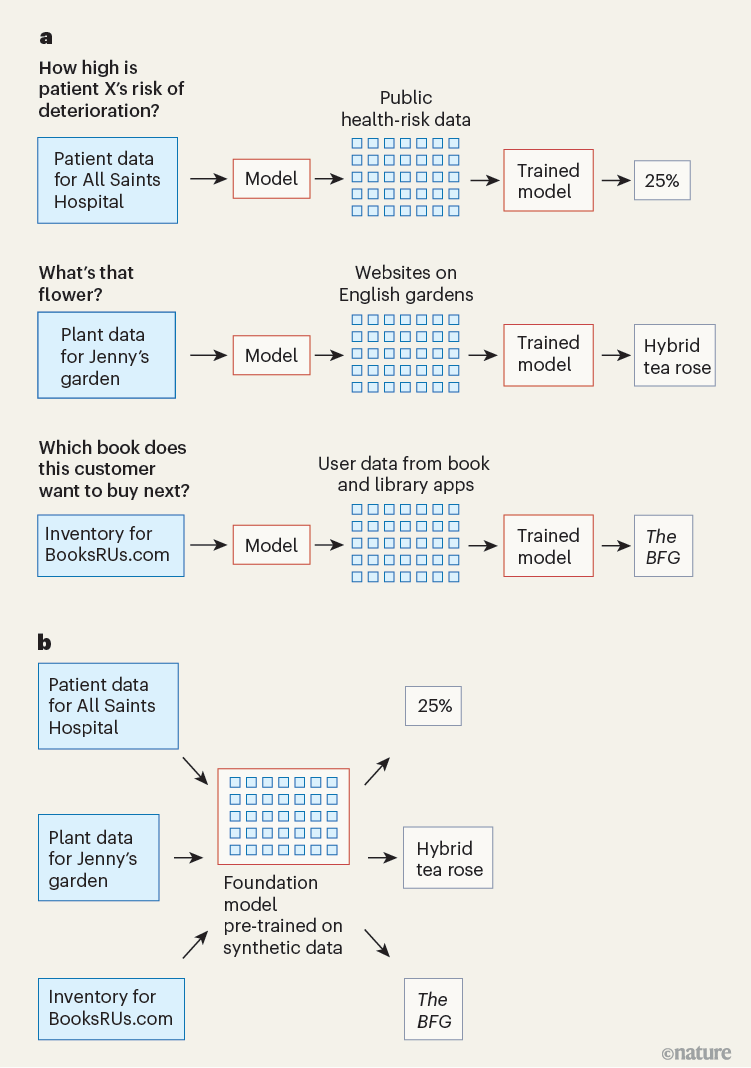Essay by Virginia Postrel: “When the future arrived, it felt… ordinary. What happened to the glamour of tomorrow?
Progress used to be glamorous. For the first two thirds of the twentieth-century, the terms modern, future, and world of tomorrow shimmered with promise.
Glamour is more than a synonym for fashion or celebrity, although these things can certainly be glamorous. So can a holiday resort, a city, or a career. The military can be glamorous, as can technology, science, or the religious life. It all depends on the audience. Glamour is a form of communication that, like humor, we recognize by its characteristic effect. Something is glamorous when it inspires a sense of projection and longing: if only . . .
Whatever its incarnation, glamour offers a promise of escape and transformation. It focuses deep, often unarticulated longings on an image or idea that makes them feel attainable. Both the longings – for wealth, happiness, security, comfort, recognition, adventure, love, tranquility, freedom, or respect – and the objects that represent them vary from person to person, culture to culture, era to era. In the twentieth-century, ‘the future’ was a glamorous concept…
Much has been written about how and why culture and policy repudiated the visions of material progress that animated the first half of the twentieth-century, including a special issue of this magazine inspired by J Storrs Hall’s book Where Is My Flying Car? The subtitle of James Pethokoukis’s recent book The Conservative Futurist is ‘How to create the sci-fi world we were promised’. Like Peter Thiel’s famous complaint that ‘we wanted flying cars, instead we got 140 characters’, the phrase captures a sense of betrayal. Today’s techno-optimism is infused with nostalgia for the retro future.
But the most common explanations for the anti-Promethean backlash fall short. It’s true but incomplete to blame the environmental consciousness that spread in the late sixties…
How exactly today’s longings might manifest themselves, whether in glamorous imagery or real-life social evolution, is hard to predict. But one thing is clear: For progress to be appealing, it must offer room for diverse pursuits and identities, permitting communities with different commitments and values to enjoy a landscape of pluralism without devolving into mutually hostile tribes. The ideal of the one best way passed long ago. It was glamorous in its day but glamour is an illusion…(More)”.

